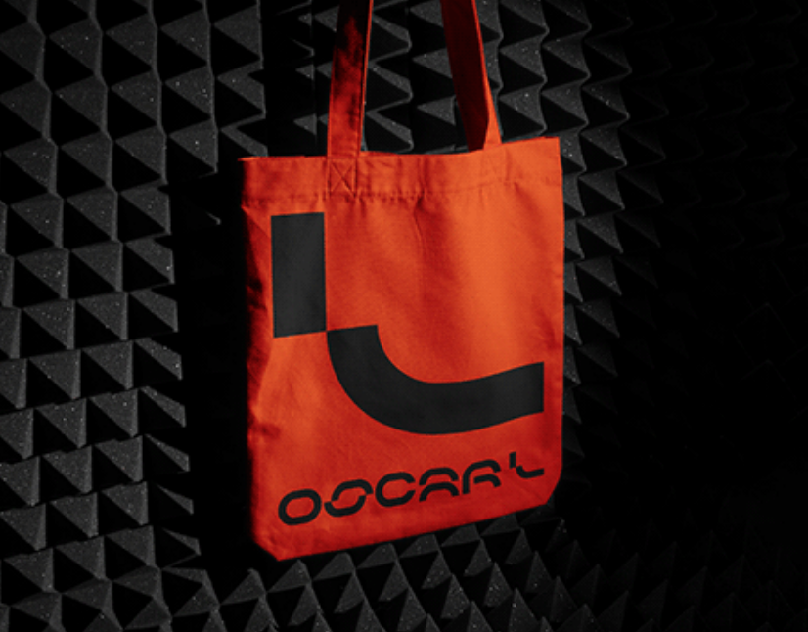NASA’s Centennial Challenges: 3-D Printed Habitat Challenge
Top 30 Finalist - Team MP1-S7
_____
This international competition required each team to develop a design proposal for a 1000 SF habitat to house four astronauts for up to one year on Mars. The habitat had to be 3D printed using in-situ and/or recycled materials with a focus on the habitable space. After two rounds of competition, the field was narrowed down from 167 entries to a final 30 teams. Our final submission was presented during the Maker Faire that took place September 26th-27th, 2015 in New York City.
Our design M.A.A.E : The Mars Artificial Atmospheric Envelope (M.A.A.E.) is designed to be a resilient shell to Mars’s extreme conditions while advancing 3D printing technologies with in-situ resources. The 3D printing methods and structure are based on biomimicry. In nature, bees use hexagons to construct their hive as the symmetry reduces the complexity of the structure by its strength to efficiency ratio and its smallest total perimeter. The geometry helps maintain consistent sizing, allowing multiple bees to work on various construction areas concurrently. This natural occurrence sets the precedence for using multiple printers simultaneously during construction. To construct M.A.A.E., a new 3D printer had to be designed. The 3D printer is a composite system made up of four machines: a primary rover with material storage, the “queen bee,” connected to three smaller robotic 3D printers, “worker bees”. When designing the habitable area, there is a focus on the user’s psychological and physiological well being. Applied research in geometries, lighting, circulation, and spatial qualities determined the final form of the architecture. A three winged structure focuses on defining adaptive programmatic areas surrounding a central research core. The interior space has a double-height area to provide a sensory break from the confined limits of astronaut life.
The Mars Artificial Atmospheric Envelope is an innovative structure advancing earthly technology and construction methods, while improving upon microhousing.









